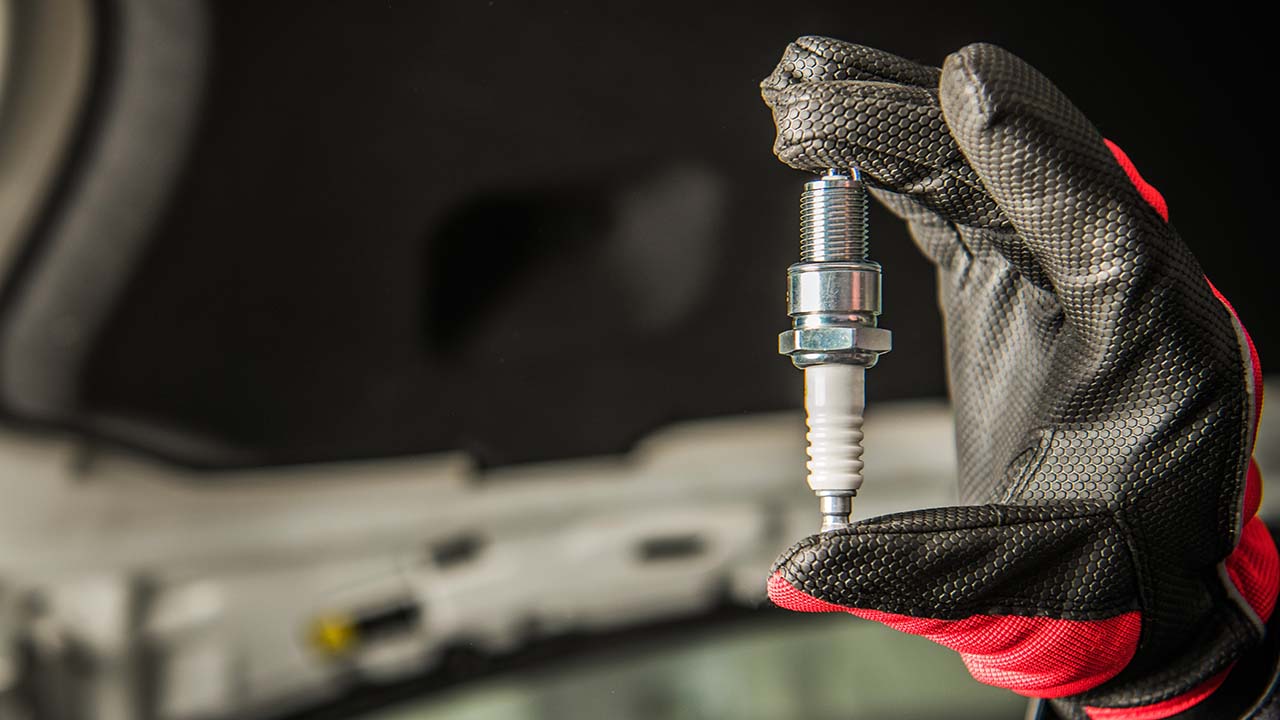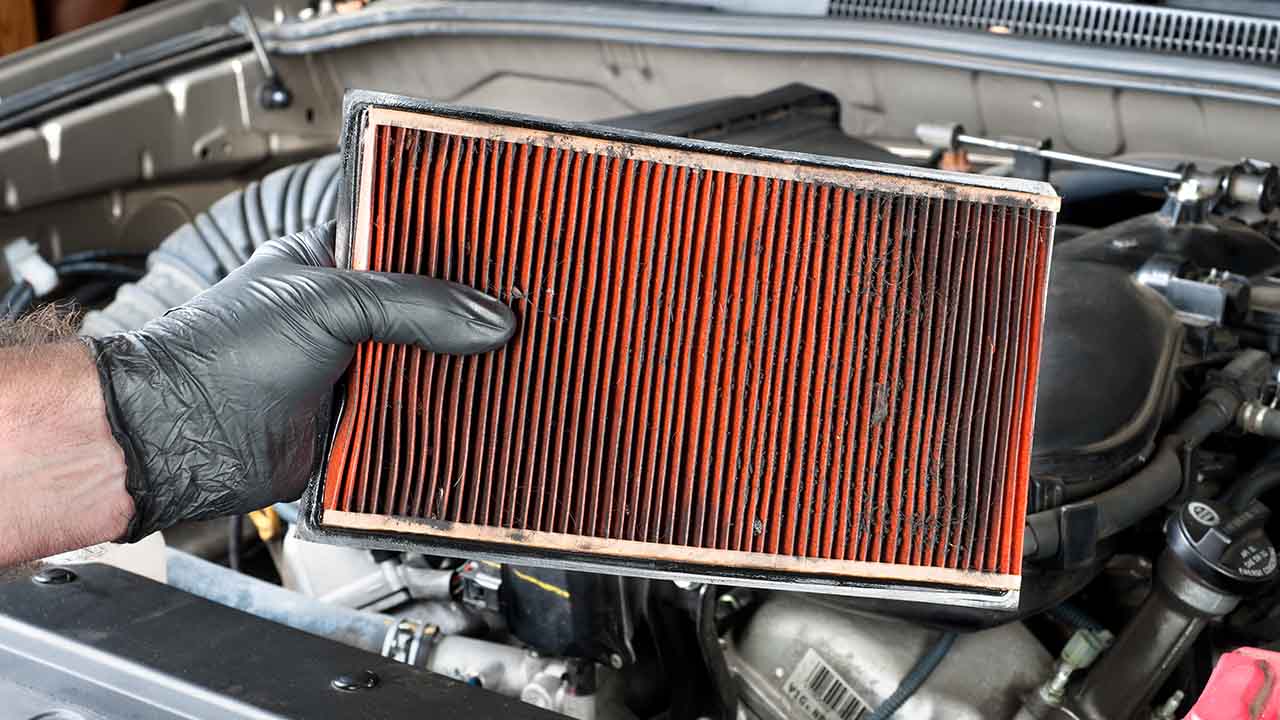8 Simple Maintenance Jobs Any Gearhead Should Know
Share
Your car may be vital for daily life and should be handled carefully. However, if your schedule is hectic, it's possible to forget the routine maintenance and some care that your automobile requires to continue running smoothly. There is good news: you can keep your car in excellent condition and maintain its value by adhering to a few simple maintenance jobs that you can handle by yourself!
What Are Some of the Simple Car Maintenance Tasks?
What is car maintenance? Car maintenance is when you do maintenance regularly, taking care of your vehicle. This care varies. There are cleaning maintenances, fluid refreshing maintenances, repair maintenances and many more.

Those who don't even have a lot of mechanical talents don’t necessarily need a person who repairs cars and can complete the beginning level of gearhead maintenance. These eight quick, simple, and inexpensive car tasks will now be mentioned with some of the prerequisites.
Car Maintenance: Spark Plugs
While changing spark plugs seems like a lot of work to do maintenance, the procedure is rather straightforward. Set aside some time and practice patience. You must install the replacements in a precise order, so don't rush.
- Your spark plugs are connected to thick rubbery wires, so you should be able to find them rather quickly. Depending on your car's number of cylinders, you'll locate four, six, or eight plugs.
- Only cut the wire leading to the first spark plug. Don't take out every wire at once. You must preserve the order in which you inserted your spark plugs.
- Use your ratchet and spark plug socket extension to remove the first spark plug. Install the fresh spark plug by initially screwing it in by hand and then tightening it with a wrench for a secure fit.
- Avoid over-tightening. The spark plug wire should be reattached.
Car Maintenance: Oil and Oil Filter Change
Another product of scheduled maintenance. Check the power steering system, make sure the air pressure is fine, look out for transmission fluid, and now it’s time to replace the oil and oil filter to prevent wear and tear in your vehicle’s moving parts and keep the car in its top shape. Although experts recommend doing auto maintenance and changing your oil every 3,000 miles, you may get away with changing it every 5,000 miles because of better products and more efficient vehicles. Keep these safety measures in mind before you begin:
- Never perform an oil change when the engine is still too hot.
- When it's cold, an improved drain may be obtained by heating the automobile up with a small drive-around.
- Ensure that you are capable of handling and positioning a jack safely.
- Find the oil pan by getting beneath your automobile. Finding it shouldn't be difficult.
- Drain the entire amount of old oil into your oil pan by unscrewing the drain plug.
- Replug the oil nut after draining all of the oil. Return to your engine and use your oil filter wrench to remove the old oil filter. (Take caution; the oil filter also contains some used oil.)
- Apply some fresh motor oil to the rubber gasket on the new oil filter to lubricate it. About two-thirds of the way up, fill the new oil filter with new oil.
- The new oil filter must be screwed in with hands or filter pliers. Using your funnel, pour fresh oil into the engine.
Car Maintenance: Air Filter
Every year or 12,000 miles, your automobile needs a new air filter. You can spend money on a repair and give up your car for a day or quickly change your air filter at home. First, look beneath the hood of your vehicle for your filter. It comes in a rectangular, dark-colored box with metal clamps on the sides. Check your owner's manual if you don't immediately notice it after opening the hood.
Examine how the air filter fits within the case by getting it opened. Note which direction the filter faces. Replace the air filter by removing the old one and putting the new one in its place. Don't forget to secure the metal clips once you're finished. You may extend the life of your new air filter by blasting it with compressed air to wipe away any debris for further long-term savings.
Car Maintenance: Windshield Wipers
After using wiper blades for six months to a year, you will need new ones. According to your owner's manual, you might need to follow several stages because of the various wiper blade arrangements. The procedure is essentially the same as changing your air filter. Remove the old blades by lifting them as if hand-washing your windshield.
Take note of the connections between the metal arms and the outdated blades. On the bottom of the wiper, there is usually a tab. To remove the old blade, push the tab. Be careful not to bend the wiper arms or harm your windshield when you install the replacement blades. Make sure the new ones are tight and secure after lining everything correctly.
Car Maintenance: Radiator Flushing
Flush your radiators to achieve fast and affordable auto maintenance and keep your system in good shape. To determine if you should flush the radiator annually or every two years, consult your owner's manual. Never start with a hot car. High-temperature fluid may spray onto your hands and face when removing the radiator cap due to pressure.
- Locate the radiator's drain plug by checking your owner's manual. Unscrew the drain plug, position your used coolant container, and let the old coolant to drain completely.
- Remove the radiator cap and put the drain plug in its position.
- Fill the remainder of the radiator with water after adding the radiator flush cleaning solution using the funnel. Replug the radiator cap.
- Start your car, let it run until it reaches the temperature at which it will operate normally. Set your heater to the highest and let it run for ten minutes.
- Wait for the engine to cool down totally before turning off the car. Drain the radiator's contents. Add new coolant to the radiator to refill it. Make careful you properly dispose of the used coolant.
Car Maintenance: Battery Care
The method of removing your battery terminals should be pretty straightforward. Always remove the negative cable first to be safe.
- Use a flathead screwdriver to pry them free if they are trapped. Wipe and clean the posts. Use a professional product from your neighborhood car parts store. Auto parts stores usually have cleaners specifically made for batteries.
- Remember that most of these remedies are simply baking soda and water, so if you're feeling particularly frugal, go ahead and make your own cleaner. Apply the fluid generously to the posts and scrub them thoroughly with your wire brush.
- Put some water in the cleaning agent to rinse it. Use rags to dry the posts. Plug back the battery terminals.
Car Maintenance: Fuel Filter Change
Begin by releasing pressure from the fuel system. If you don't, the consequences can be dramatic, to put it mildly.
- On the fuse panel, find the fuel pump fuse. On older cars, find the relay that controls the fuel pump if you don't have a fuel pump fuse. Start your car's engine, then remove the relay while it is still operating. You'll be able to tell you made the appropriate choice when the engine shuts off.
- Fuel lines should be disconnected from the fuel filter. For your fuel filter fittings, locate two open-end wrenches of the appropriate size.
- Put a rag over the fitting after the wrenches are in place to protect yourself in case the lines are still under pressure.
- Set the bolt aside after removing the fuel line. For the other side of the gasoline filter, repeat the procedure.
- Take out the outdated fuel filter. Most filters have a clamp holding them in place, which you may loosen with a flathead screwdriver. Here, exercise caution because the previous gasoline filter may still contain gas.
- The washers on the bolts connecting the gasoline lines to the fuel filter must be replaced. They are found there.
- Make sure to align the new ones precisely. Follow the opposite of the removal procedure to install the new fuel filter.
- Before attempting to start the car, replace the fuel pump fuse or relay.
Car Maintenance: Brake Pads
This is more like “one level up” from a beginner, but it should still be manageable for gearheads.
- Your car should be safely jacked up and resting on jack stands.
- Before doing anything else, loosen the lugs on your tires. Take the wheel off. Do some tire rotation, and you have a chair to sit on!
- Remove the brake calipers to allow the brake pads to exit via the top. There are bolts on both sides of the back of the caliper. The bolts should be taken out and stored.
- Pull up while holding the caliper from the top. If you need to, give it a couple of taps, being careful not to jar the brake line - a black wire -. Find a secure location to set the caliper; don't let it hang from the brake line. Or let it. Your car, your rules!
- The old brake pads ought to just fall out once the caliper is out of the way, get your hammer ready in any case. Using the same clips that held the old pads in place, swap out the old pads for the new ones.
- You might need to use your hammer a little bit here if your automobile is older. Move carefully! Time to compress the brake piston.
- Get your C-clamp out, place the screwed end against the piston, and place the other end on the rear of the caliper assembly and start tightening.
- Once the piston has moved far enough, loosen the clamp to position the caliper assembly over the replacement pads.
- Simply reinstall your wheel after reinstalling the brake caliper.
Are There Any Car Repairs You Should Not Do Yourself?
One of the most critical first stages is knowing when to avoid a DIY project. There are certain car repairs you should not do yourself. Serpentine belt and timing belts are some of the things that need precise configuration. If you need a partner, look for a neighbor who wants to learn more about automobiles and save money, or take the chance to teach your children the fundamentals of driving.
A clutch will need to be fixed and replaced throughout the life of your car because it is a wearing component. A worn-out clutch is located deep inside your vehicle's hood, and repairing it is a labor-intensive process involving several methods and several test drives to ensure everything is working correctly after the car is put back together.
Various internal processes control the temperature of your car's working portions. It is advisable to leave the search, sourcing, diagnosis, and repair of items like radiators, water pumps, hoses, heater cores, thermostats, radiator fan clutches, electric radiator fans, block heaters, frost plugs, blower fan motors, heater boxes, and heater controllers to a professional. The difficulty of getting to these elements makes these systems a must-avoid when trying to do DIY projects.
Don’t forget that no maintenance is complete without a Pedal Commander®! After making sure that your system runs like clockwork, add Pedal Commander® to the mixture to experience your car’s true potential and reward your efforts!











